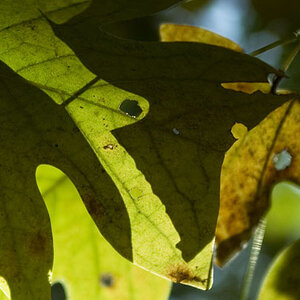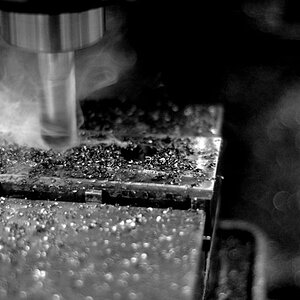I have come across some photos from Angel Alfaro, porfolio located here: http://www.deltaelement.com and I find his equipment setup to be quite minimal, yet the quality of his results are fantastic. In the first image below, you can see that he is using a hot light setup with a cheap tripod stand. Does anyone have any experience using cheap hot light setups like this? I am assuming that, based on the variety of lighting colours he uses, that he just changes out bulbs depending on what he is going for. I am interested in experimenting with a similar setup, but I only have knowledge of studio strobes. I have also linked a few other examples of his work, but I suggest viewing his porfolio link to see a wider breadth of his results:








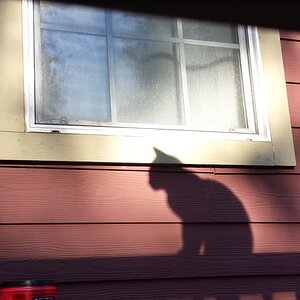
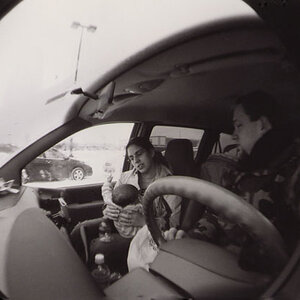
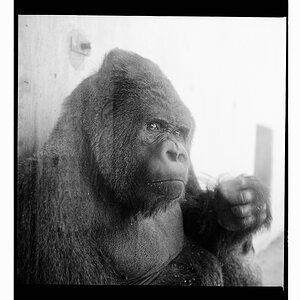
![[No title]](/data/xfmg/thumbnail/37/37658-89245697846ece2c4ecbce304510699b.jpg?1619738173)
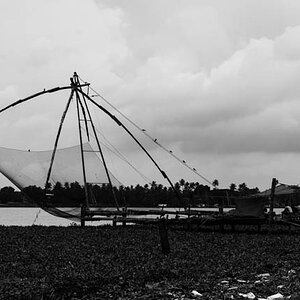
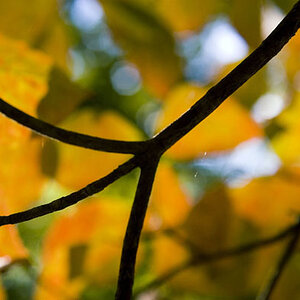
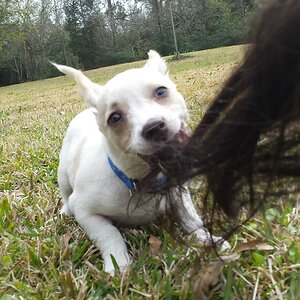
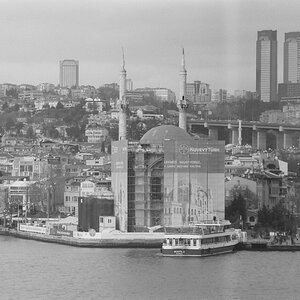
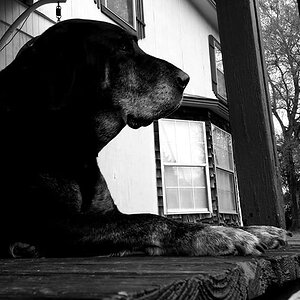
![[No title]](/data/xfmg/thumbnail/32/32702-7344d6e6132276dd7bfc046084fea432.jpg?1619735604)
